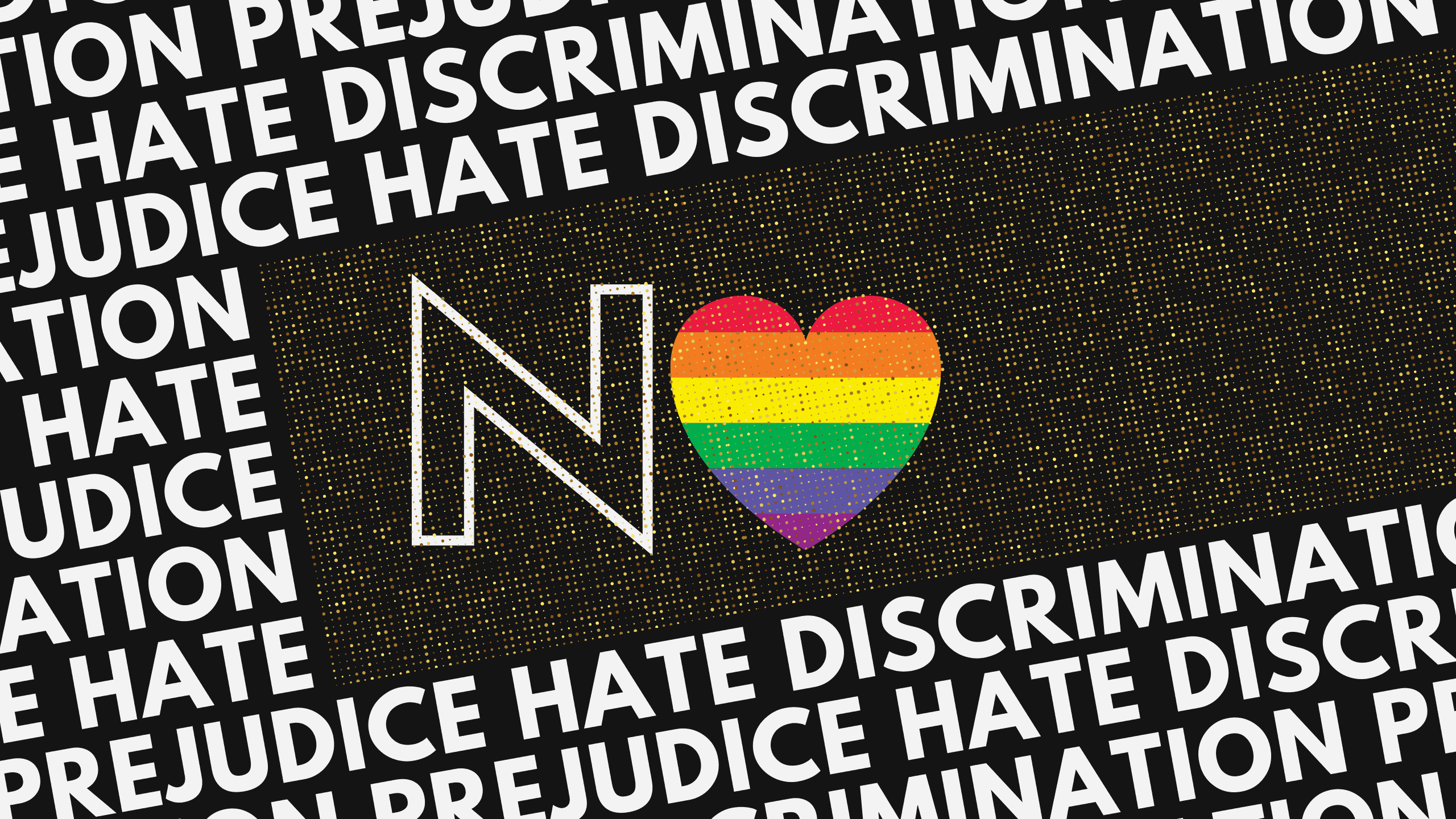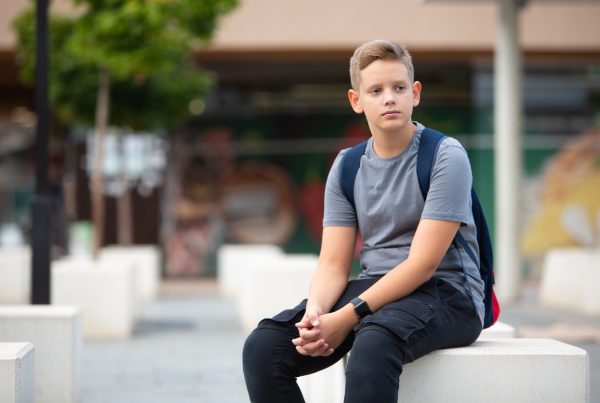June is LGBTQIA+ Pride Month every year, honor of the 1969 Stonewall riots, a milestone in the gay liberation movement, and LGBTQIA+ rights in the United States. Yet despite advances in LGBTQIA+ rights, LGBTQIA+ youth and adults continue to face harassment and discrimination for their gender identity and sexuality. In fact, the statistics for hate crimes against trans individuals have actually gone up significantly in recent years. Despite the legalization of same-sex marriages and acknowledging the gay community in establishment politics, the anti-LGBTQIA+ bias persists in the job market, medicine, schools, and society.
Part of the impact of widespread victimization towards LGBTQIA+ teens includes an increased risk for mental health issues and a greater risk for substance use. LGBTQIA+ youth – trans youth in particular – have higher suicide rates than the general population and lack access to adequate mental health resources. This year, we need to find ways to do better – and empower our children to become the adults they want to be while ensuring that the world around them begins to treat them just as well as any heterosexual and cisgender adult.
LGBTQIA+ and the Importance of Mental Health Advocacy
Mental health resources are more critical than ever, particularly to older teens, who are most at risk of developing mental health issues due to the isolation caused by the COVID-19 pandemic. Researchers have identified that because older teens are less reliant on their parents than younger children and lack the established and lifelong social bonds that older adults have had before the start of the pandemic, the impact of long-term loneliness and a lack of human contact during the coronavirus pandemic is often much more severe for them. A strained healthcare system also means fewer Americans have had access to the mental healthcare resources they need.
Research from the Trevor Project has also brought to light that LGBTQIA+ youth continue to have a harder time getting access to the resources they need. Of the 35,000 teens and young adults aged 13 to 24 that the organization surveyed, a dire 42 percent reported contemplating suicide in December 2020. The number was higher among trans and nonbinary teens, at 52 percent. By recognizing the need for better and easier access to mental healthcare, as well by addressing discrimination in the healthcare industry, we can ensure that our teens and future generations can benefit from advances in psychiatric medicine and treatment and get the help they need to enjoy a better quality of life, even when faced with severe mood disorders or substance use disorder.
Participating in Pride Month 2021
While the world is still far from having recovered from the pandemic, there are organized Pride events in the US this year. There are many ways to safely attend these events, either virtually or by attending small gatherings and staying socially distant. You can find a Pride event near you online and inform yourself of the requirements and restrictions around the event nearest to you. Or you can join in virtually.
Helping LGBTQIA+ Youth Find Local Resources
This Pride Month, take the time to find and share local and national resources for the mental healthcare of at-risk LGBTQIA+ youth through the following links, as well as state resources.
Take Time for Yourself
This year should also be a time for reflection. Many of us have raced from week to week to survive, make ends meet, or figure out our next steps. Let’s take this Pride Month to consider the impact of the last year and reevaluate our own needs – whether as teens and students, as young working adults, or as parents. Each of us has had to make compromises due to COVID-19, and we have all felt the effects of the pandemic in one way or another – whether through the death of a loved one, the strain on society, the economy, or through healthcare. Statistics show that mental health issues are slated to grow across the board due to the pandemic and that the effects of the ensuing “mental health epidemic” will be felt for years to come. Take the time to address or figure out your needs – and take preventative steps or talk with a professional.
More Than Homophobia
Most people would agree that there is nothing fundamentally wrong with this statement: heterosexuality is the norm in society. However, the impact of assigning a “norm” to gender and sexuality can be harmful to some, especially young teens, who are in the middle of trying to fit into the world and are quickly learning that their existence is “not normal” and is considered uncomfortable to some people. One of the elements of Pride is attempting to help those who feel self-conscious about their identity learn to embrace it, accept it, and feel proud despite some people’s reactions. We need to be conscious of how young people whose identities are seen as uncomfortable or “not normal” can harm them.
Because we live in a heteronormative world, much of society is structured around differentiating between heterosexuality and everything else. Until recently, non-heterosexual representation was tough to come by, and to this day, there is serious stress associated with coming out and making one’s relationships public. Being non-heterosexual and non-cisgender often singles one out. There’s nothing wrong or problematic with acknowledging that heterosexuality is more common than other sexual identities. But that shouldn’t stop heterosexual and cisgender parents and friends from considering how the world might feel exclusionary to their loved ones and how they might need to be empowered to rise above that fact.
Looking for Help?
If you are looking for ways to help someone with signs of depression or anxiety, it may be a good idea to speak to them about getting in touch with a professional. Sometimes, teens don’t get the help they need because they aren’t sure who or how to ask for it.








